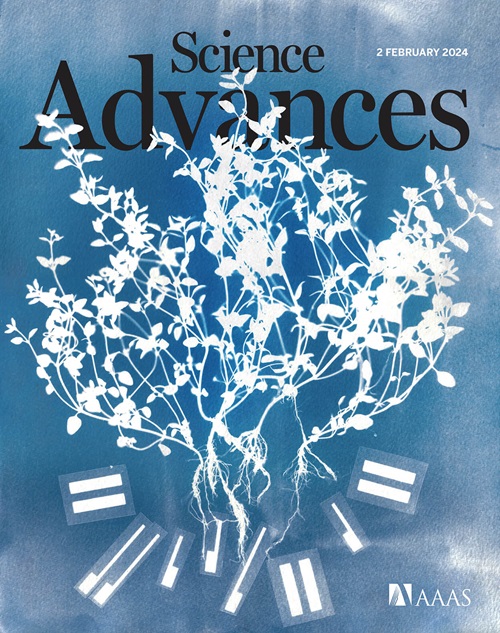Scalable fabrication of Chip-integrated 3D-nanostructured electronic devices via DNA-programmable assembly
IF 11.7
1区 综合性期刊
Q1 MULTIDISCIPLINARY SCIENCES
引用次数: 0
Abstract
DNA-based self-assembly methods have demonstrated powerful and unique capabilities to encode nanomaterial structures through the prescribed placement of inorganic and biological nanocomponents. However, the challenge of selectively growing DNA superlattices on specific locations of surfaces and their integration with conventional nanofabrication has hindered the fabrication of three-dimensional (3D) DNA-assembled functional devices. Here, we present a scalable nanofabrication technique that combines bottom-up and top-down approaches for selective growth of 3D DNA superlattices on gold microarrays. This approach allows for the fabrication of self-assembled 3D-nanostructured electronic devices. DNA strands are bound onto the gold arrays, which anchor DNA origami frames and promote ordered framework growth on the specific areas of the surface, enabling control of the lateral placement and orientation of superlattices. DNA frameworks selectively grown on the pads are subsequently templated to nanoscale silica and tin oxide (SnOx) that follow the architecture, as confirmed by structural and chemical characterizations. The fabricated SnOx superlattices are integrated into devices that demonstrate photocurrent response.

求助全文
约1分钟内获得全文
求助全文
来源期刊

Science Advances
综合性期刊-综合性期刊
CiteScore
21.40
自引率
1.50%
发文量
1937
审稿时长
29 weeks
期刊介绍:
Science Advances, an open-access journal by AAAS, publishes impactful research in diverse scientific areas. It aims for fair, fast, and expert peer review, providing freely accessible research to readers. Led by distinguished scientists, the journal supports AAAS's mission by extending Science magazine's capacity to identify and promote significant advances. Evolving digital publishing technologies play a crucial role in advancing AAAS's global mission for science communication and benefitting humankind.
 求助内容:
求助内容: 应助结果提醒方式:
应助结果提醒方式:


